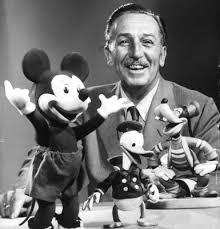Filtering Ideas
Walt Disney was a visionary, an accomplished businessman, and a creative mind that set the imagination free. And he did that not by letting every whim and fancy go wild, but by filtering ideas through a process to weed out the mediocre from the iconic.
His process utilized three stages. In each stage, his team would take on a specific role and approach the process of generating ideas from the vantage point of the Dreamer, the Realist, and the Critic.
131
338 reads
CURATED FROM
IDEAS CURATED BY
The idea is part of this collection:
Learn more about problemsolving with this collection
How to set achievable goals
How to create and stick to a schedule
How to break down large projects into smaller manageable tasks
Related collections
Similar ideas to Filtering Ideas
Distilled Ideas
The process of filtering an idea by dreamers, realists and critics weed out mediocre and bad ideas. The ones left are the golden ideas.
This process bridges the gap from imagination to reality.
Read & Learn
20x Faster
without
deepstash
with
deepstash
with
deepstash
Personalized microlearning
—
100+ Learning Journeys
—
Access to 200,000+ ideas
—
Access to the mobile app
—
Unlimited idea saving
—
—
Unlimited history
—
—
Unlimited listening to ideas
—
—
Downloading & offline access
—
—
Supercharge your mind with one idea per day
Enter your email and spend 1 minute every day to learn something new.
I agree to receive email updates

